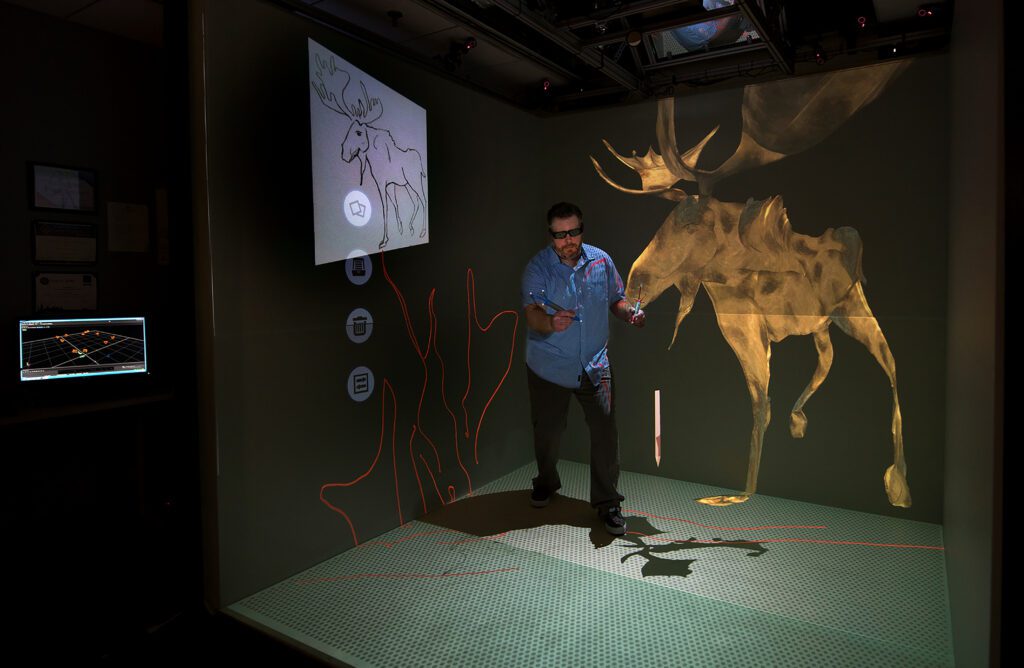Game design starts with ideation, where game designers create a game design document that outlines the game’s vision, including the story, gameplay mechanics, characters, and art style. Engaging gameplay mechanics and art direction are crucial elements of game design that affect player engagement. Game development involves writing, testing, and iterating until the game is ready for release. Marketing and ongoing maintenance are essential after the game’s launch. Game design is a complex process that requires skill and artistry, and understanding the process can help us appreciate the hard work that goes into creating our favorite games.
The Art of Crafting a Virtual World: Insights into Game Design
If you’re a fan of video games, you’re likely familiar with the magic they can conjure. A well-designed game can transport you to another world, suspend your disbelief, and make you forget about the real world for hours at a time. But have you ever wondered how games are actually made? What goes into crafting these virtual worlds that we love so much?
In this article, we’ll dive into the world of game design and explore what it takes to make a successful video game. We’ll cover everything from ideation to execution, and provide insights into the creative process that goes into crafting a virtual world.
Ideation: The First Step in Game Design
Like any creative endeavor, game design starts with an idea. Whether it’s inspired by a particular storyline, a game mechanic, or even a visual aesthetic, game designers need to start with a clear vision of what they want to create.
Most game designers will start by creating a game design document (GDD) that outlines the various aspects of the game, including the story, gameplay mechanics, characters, and art style. This document serves as a roadmap for the development team, and helps everyone involved stay on the same page with regards to the game’s overall vision.
The Nuts and Bolts: Game Mechanics and Art Direction
Once the ideation phase is complete, it’s time to start building the game. This is where the real nuts and bolts of game design come into play.
One of the most important aspects of game design is creating engaging gameplay mechanics. These are the rules and systems that govern how players interact with the game world. Examples of gameplay mechanics include combat systems, level design, and progression systems.
In addition to gameplay mechanics, art direction is another crucial element of game design. The art style of a game will have a big impact on how players perceive and engage with the game world. The art direction team will be responsible for creating everything from character designs to environmental assets, all while making sure they fit within the overall vision of the game.
Code, Test, Repeat: The Development Cycle
Once the game mechanics and art direction have been established, it’s time to start actually building the game. This is where the development team comes in.
Game development typically follows an iterative process that involves writing code, testing the game, and then making changes based on feedback. Rinse and repeat until the game is ready for release.
Game development is a team effort, with developers working on everything from physics engines to UI design. As the game starts to take shape, playtesting becomes an important part of the development process. By getting feedback from real players, developers can fine-tune the game and make sure it’s as fun and engaging as possible.
Launch Day and Beyond: Marketing and Maintenance
Once the game is complete, it’s time for the big launch. Marketing becomes a key element of game design at this stage, as developers need to find ways to get the word out and generate buzz around their new release.
Post-launch, ongoing maintenance becomes a crucial part of game design. This includes everything from bug fixes to content updates, as developers look for ways to keep players engaged and interested in the game long after its release.
The Art of Crafting a Virtual World: A Final Thought
Game design is a complex and multi-faceted process that involves everything from ideation to post-launch maintenance. By understanding the different elements that go into crafting a virtual world, we can gain a greater appreciation for the artistry and skill that goes into creating our favorite games.
So the next time you fire up a new game or lose yourself in a virtual world, take a moment to appreciate all the hard work that went into making it possible. And who knows, maybe you’ll be inspired to try your hand at game design yourself!
